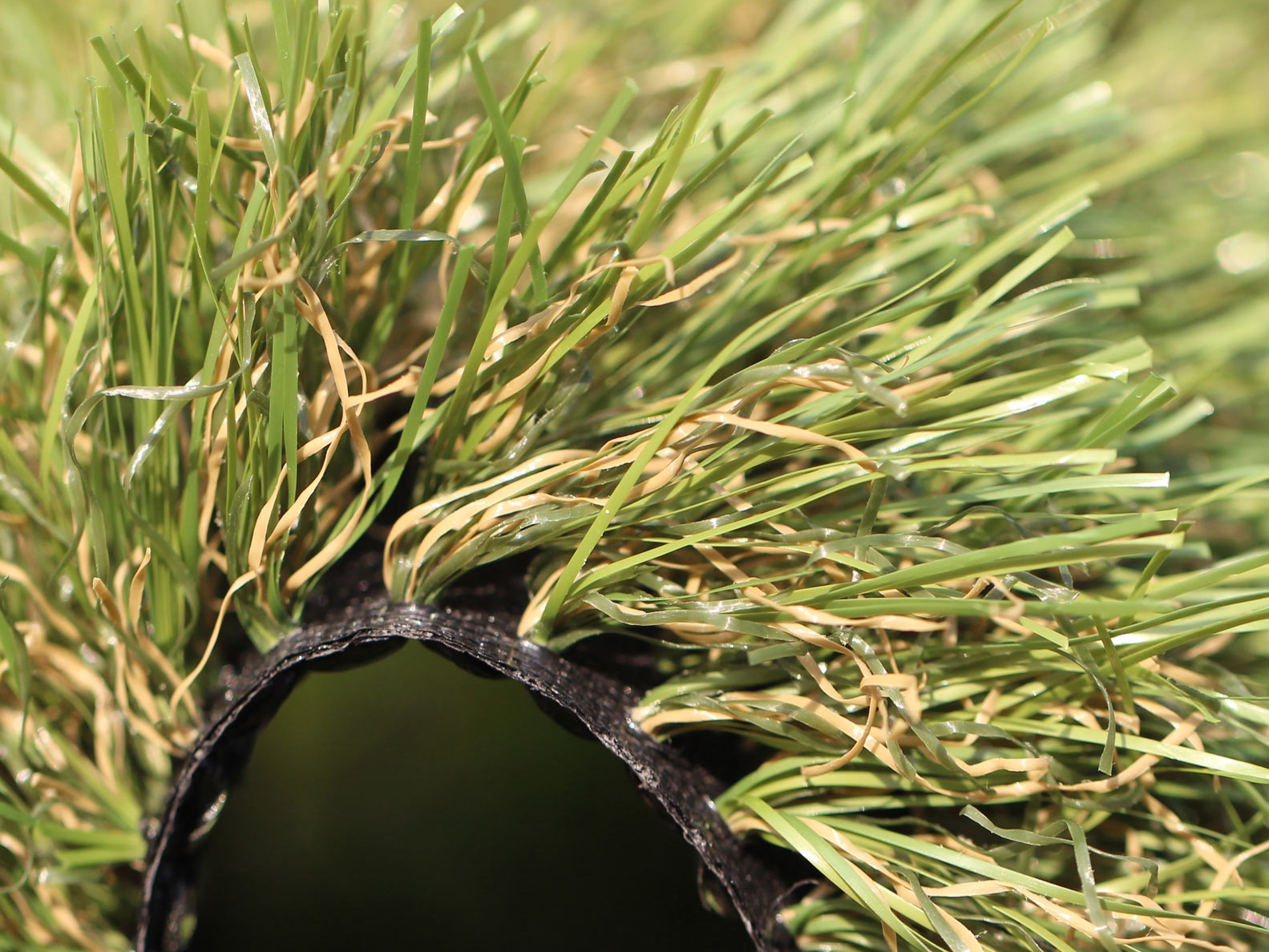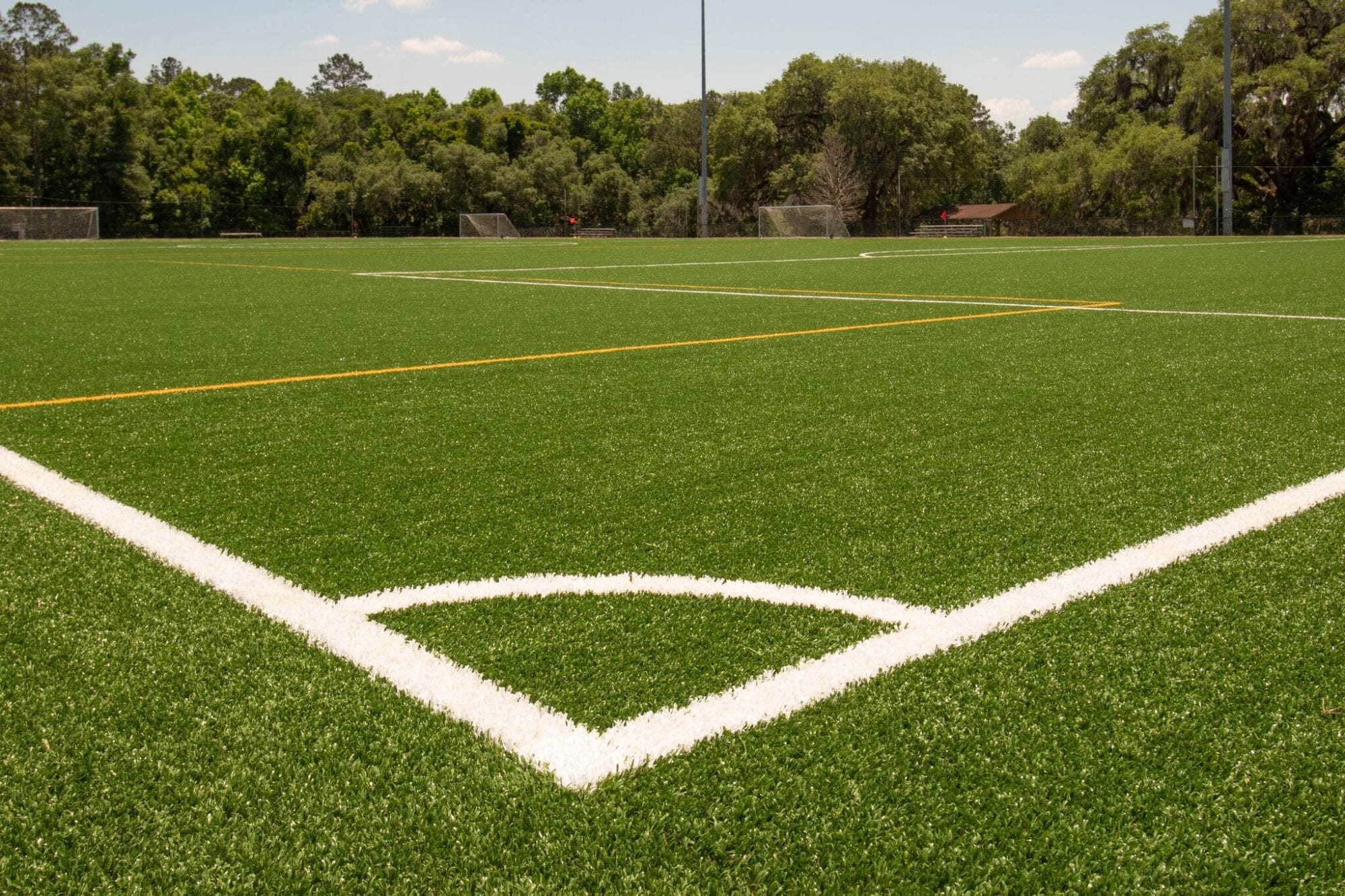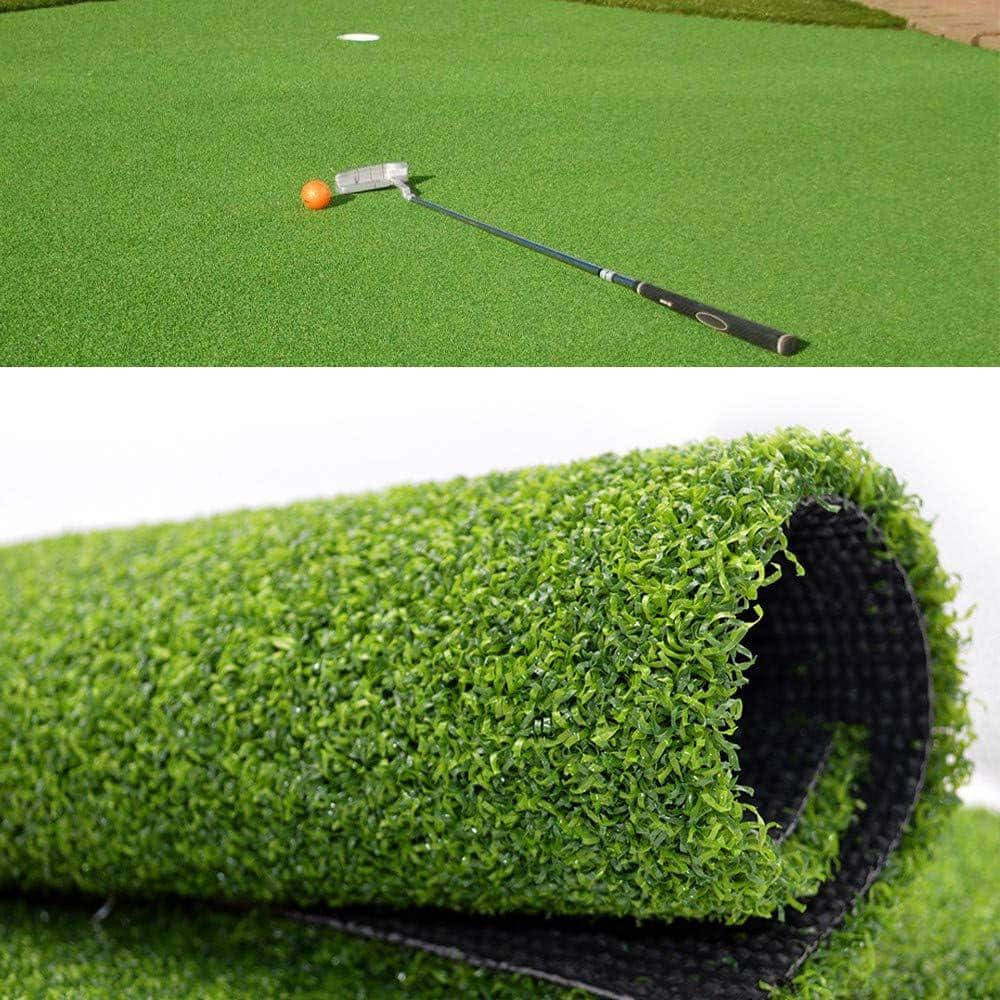Experience a Flawless Lawn with Arizona Artificial Turf for Any Outdoor Space
Experience a Flawless Lawn with Arizona Artificial Turf for Any Outdoor Space
Blog Article
See Why Homeowners Prefer Artificial Grass for Lasting Landscape Design Practices
As home owners progressively focus on sustainability in landscaping, synthetic grass has actually become an engaging option to typical lawn. Its ability to preserve water, decrease maintenance initiatives, and reduce environmental influence settings it as a sensible choice for those looking for eco-friendly solutions. Moreover, the aesthetic charm and convenience of synthetic grass satisfy diverse style preferences. The implications of this change extend past mere comfort and aesthetics, prompting a better examination of exactly how these options influence wider environmental results. What continues to be to be discovered is the full extent of advantages that synthetic lawn can supply to property owners and the atmosphere alike.
Water Conservation Perks
Among one of the most substantial advantages of synthetic grass is its duty in water preservation. Standard turf lawns call for significant quantities of water to preserve their lush look, frequently bring about overuse of regional water sources, particularly in deserts. On the other hand, synthetic grass removes this demand entirely, as it does not need watering. This not only conserves water but additionally reduces the pressure on community water systems, specifically during drought conditions.
Moreover, the setup of fabricated grass can add to a more sustainable landscape. Home owners can considerably reduce their water expenses, enabling reallocation of resources to other ecological initiatives or family usages. Additionally, man-made turf is created to withstand different weather problems without the requirement for additional watering, making it a suitable selection for areas encountering water scarcity.
The ecological advantages expand past prompt water savings. By decreasing water intake, artificial turf aids to minimize the influences of environment adjustment, preserving essential ecosystems that are threatened by too much water removal. As lasting landscaping methods acquire grip, synthetic grass becomes a liable option for house owners seeking to develop eco-friendly exterior spaces.
Decreased Upkeep Efforts
Synthetic grass considerably reduces upkeep efforts compared to traditional turf lawns. With man-made turf, house owners can eliminate the taxing jobs connected with natural landscape design, such as mowing, fertilizing, and weeding. This not just conserves important time yet likewise decreases physical labor, making lawn treatment easily accessible for individuals of any ages.
Among one of the most remarkable advantages is the absence of regular mowing. Standard grass require frequent cutting to keep a visually pleasing height, whereas synthetic grass stays continually lavish without the requirement for reducing. Furthermore, house owners no longer need to apply chemicals or fertilizers, which are often needed to keep natural grass healthy and balanced. This shift not just lightens the work however also promotes a neater, more consistent appearance year-round.
Moreover, artificial turf is resilient and long lasting, requiring marginal maintenance beyond occasional cleaning and washing to remove debris. This simplicity of upkeep allows homeowners to enjoy their outdoor rooms without the continuous fear of maintenance, supplying even more time for recreation and household tasks. Eventually, the minimized upkeep efforts connected with synthetic grass make it an attractive choice for those seeking a low-maintenance, visually appealing landscape.

Ecological Influence Reduction
There is a growing acknowledgment of the environmental benefits associated with synthetic grass, especially in terms of water conservation and minimized chemical usage. Conventional grass require substantial amounts of water, particularly in drought-prone regions, causing boosted stress on neighborhood water sources. In contrast, synthetic grass gets rid of the need for irrigation, considerably minimizing check over here water usage and advertising sustainability.
Additionally, conventional lawn upkeep commonly involves the application of plant foods, chemicals, and herbicides, which can add to soil and water air pollution. Synthetic grass minimizes this ecological threat by needing marginal maintenance and virtually eliminating the demand for harmful chemicals. This not only enhances dirt health and wellness however also protects neighborhood communities from hazardous overflow.
In addition, the manufacturing of natural grass yards usually involves using fossil fuels for cutting and landscape design equipment, more contributing to greenhouse gas discharges. By choosing synthetic grass, property owners can considerably reduce their carbon impact connected with grass treatment tasks.
Visual Charm and Versatility
Along with its environmental advantages, synthetic grass offers significant aesthetic charm and versatility for landscape design. Home owners can achieve a rich, environment-friendly appearance year-round, getting rid of the seasonal variations frequently connected with all-natural lawn. This regular visual not only improves the visual charm of a building but also adds to a well-maintained and polished look.
Moreover, artificial turf is offered in a range of shades, structures, and styles, permitting personalization to match specific preferences and design styles - Arizona artificial turf. Whether utilized in household gardens, industrial rooms, or leisure areas, it can flawlessly incorporate into diverse landscape design styles, from modern minimalist to lush tropical settings
The adaptability of man-made turf extends beyond plain look; it can be installed in numerous locations, including roofs, outdoor patios, and also indoor rooms, creating possibilities for one-of-a-kind landscaping options. In addition, it appropriates for an array of activities, from kids's play areas to pet-friendly atmospheres, offering capability without jeopardizing design.
Inevitably, the visual appeal and adaptability of synthetic grass make it an attractive choice for property owners seeking sustainable landscaping remedies that do not sacrifice appeal for environmental duty.

Long-Term Expense Savings
One of one of the most engaging benefits of fabricated grass is its possibility for long-lasting cost financial savings. Unlike all-natural yard, which needs routine upkeep-- including mowing, watering, fertilizing, and pest control-- synthetic grass dramatically decreases these ongoing expenses. Homeowners can conserve a considerable amount on water bills, specifically in click to investigate regions where water shortage is a pushing problem. The elimination of grass care services further adds to financial cost savings, as there is no requirement for specialized tools or labor.
Additionally, synthetic grass has a life-span of 15 to 25 years, depending upon its high quality and usage. This durability minimizes replacement expenses, making it a much more affordable selection over time. The initial investment in artificial grass can usually be redeemed through the financial savings built up over time.
While the in advance price may appear greater compared to sod setup, the advancing cost savings from lowered maintenance and water usage usually exceed these initial expenditures. Inevitably, the adoption of synthetic grass not only promotes a sustainable landscaping option but also uses homeowners a monetarily smart alternative that straightens resource with long-term budgeting objectives.
Verdict
Synthetic grass emerges as a compelling alternative for lasting landscape design, offering significant benefits in water preservation, reduced maintenance initiatives, and decreased environmental impact. Its visual appeal and convenience boost the aesthetic landscape while lining up with modern-day sustainability goals. Additionally, lasting expense savings add to its appearance for home owners. As neighborhoods increasingly prioritize eco friendly methods, the adoption of synthetic grass represents a modern step toward achieving sustainable and resilient landscapes.
In addition, synthetic turf is developed to endure numerous weather conditions without the need for supplementary watering, making it an ideal option for regions encountering water scarcity. (Artificial turf companies phoenix)

Fabricated grass arises as a compelling alternative for lasting landscaping, supplying considerable advantages in water conservation, lowered maintenance initiatives, and lessened environmental effect.
Report this page